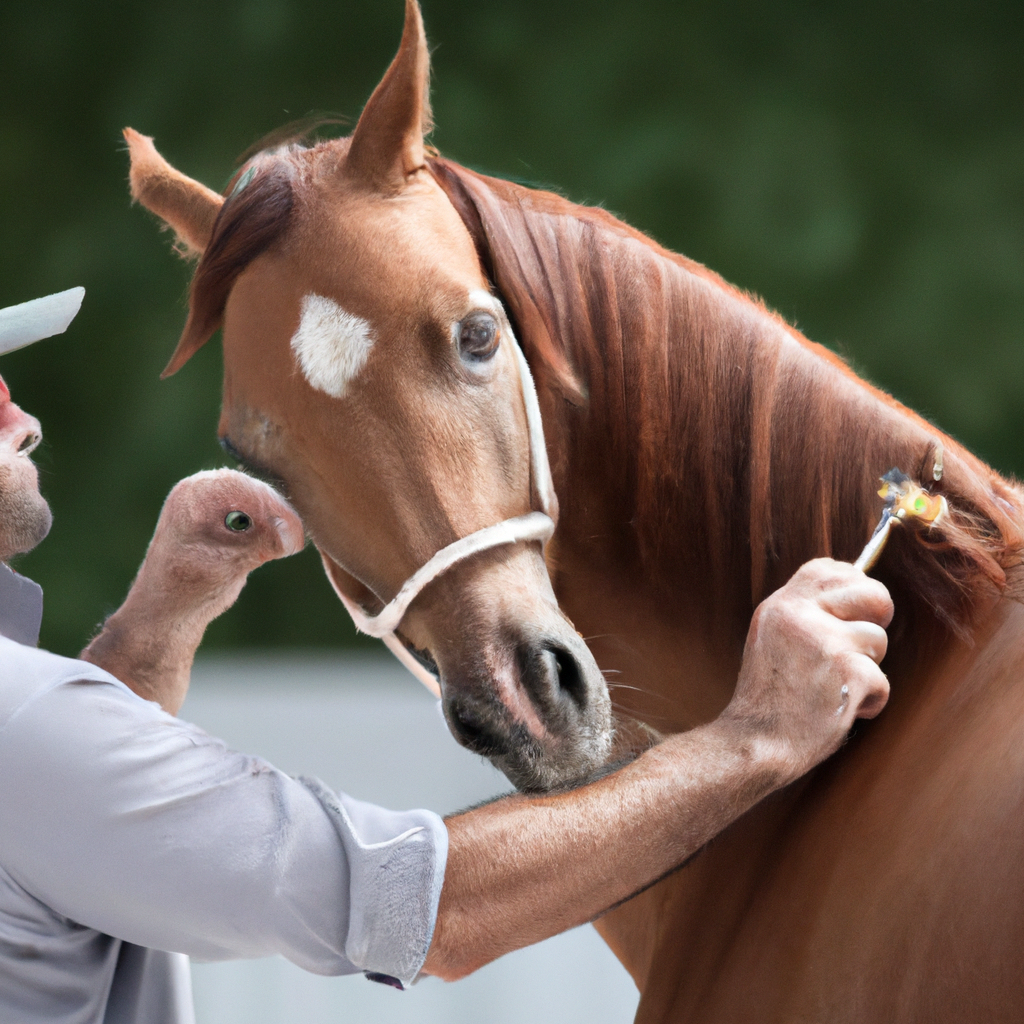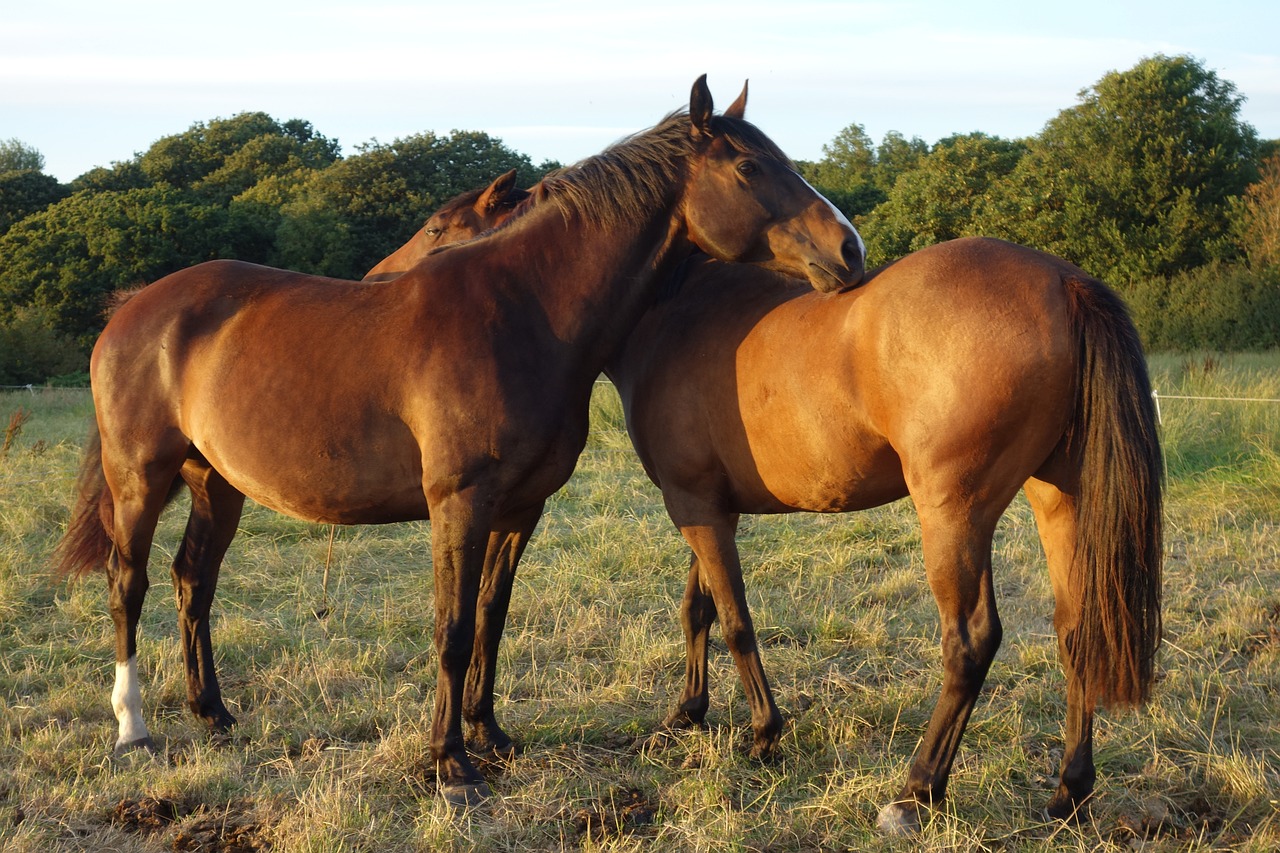You’re about to unlock a world of knowledge with the “Essential Guide to Horse Grooming Basics.” This article will show you the ropes of maintaining your horse’s health and appearance, from mastering the right brushing techniques to understanding how a deceptively simple grooming routine can strengthen your bond with your horse. Prepare to embark on a journey that’ll ensure your horse not only looks its best, but feels its very best too. To help you navigate, each section is organized to build upon the previous one, starting with fundamental concepts and gradually moving to more advanced topics. You’ll find that horse grooming, though elaborate, is a task full of delight and satisfaction. So let’s get started!
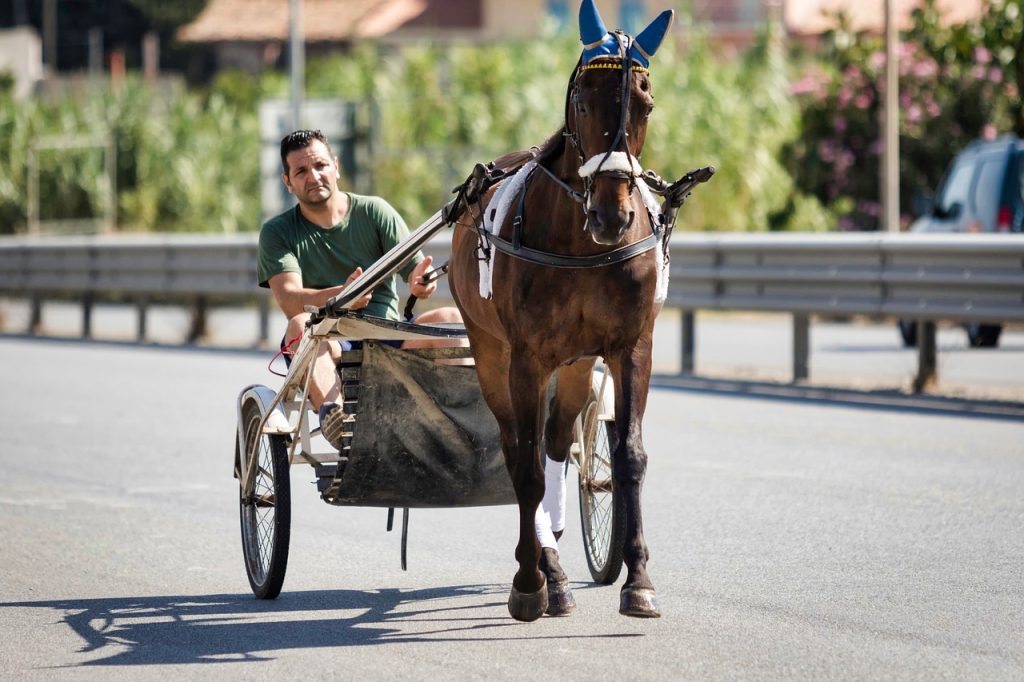
Overview of Horse Grooming
Grooming is a significant part of horse care that is often underestimated. It’s more than just keeping the horse looking its best; it’s about maintaining the health of the horse, strengthening the bond between human and horse, and ensuring the horse is comfortable and happy.
Importance of horse grooming
Think of grooming as a health routine not only for aesthetics but, more importantly, for cleanliness. Regular grooming can help prevent disease, irritation, and can help identify any skin issues or injuries early. It also helps to distribute the horses’ natural oils, leading to a healthier and shinier coat.
Health benefits for the horse
Aside from keeping your horse sparkly and clean, grooming offers several health benefits. Regular grooming sessions can stimulate blood flow, which results in healthier skin and a prettier coat. It also provides an excellent opportunity to check for any bumps and scratches or any potential health concerns.
Bonding time between horse and owner
But it’s not all about the physical benefits – regular grooming sessions offer a vital opportunity for bonding. This time allows you get familiar with your horse’s body and build trust. The more time spent together, the stronger your relationship will be.
Understanding Horse Anatomy for Grooming
When it comes to grooming, it’s essential to understand the anatomy of a horse to ensure that you’re doing it right.
Key areas to focus on during grooming
The horse’s whole body requires attention during grooming, but some areas are key. These include the mane, tail, hooves, and coat. Regular brushing of the coat removes dead hair and skin, distribute oils, and prevents matting of the hair.
Sensitive areas to be careful with
Some areas on a horse are more sensitive than others, like the head, legs, and belly. Use gentle strokes on these areas and softer brushes. Always observe your horse’s reactions during grooming – if they react negatively to touch in a specific area, it could be a sign of discomfort or pain.
Recognizing abnormalities and health issues
Part and parcel of grooming include being able to recognize if something is wrong. Look for signs of swelling, heat, or discomfort. Small wounds, bites, or rashes should also be addressed immediately to avoid compounding the issue.
Selection and Use of Grooming Tools
Yes, you have to groom your horse, but you also have to make sure that the tools you use are appropriate, clean, and in good condition.
Different types of brushes and their uses
There are numerous brushes you can use, each serving a specific purpose. Curry combs are primarily for removing mud and loose hair. Dandy brushes, on the other hand, can help remove dust from the coat. For delicate areas, a soft brush will do.
Cleaning and maintenance of grooming tools
Keeping your grooming tools clean is crucial to preventing spread of skin conditions or infections. Brushes should be regularly cleaned and air dried. Clippers should be oiled, cleaned and properly stored. Never share brushes between horses without thoroughly cleaning them first.
Choosing the right tools for your horse
When choosing tools for your horse, consider both your needs and your horse’s comfort. The size of the brush should fit your hand comfortably, and the bristles should be appropriate for your horse’s coat.
Basic Grooming Techniques
Knowing how to groom is half the battle. By understanding correct grooming techniques, you can maintain your horse’s coat, mane, tail, and hooves in optimal condition.
Proper brushing techniques
When brushing your horse’s body, always go in the direction of hair growth and make sure you clean the brush between strokes. Be careful not to press too hard to avoid any discomfort.
Grooming the mane and tail
The mane and tail are prone to tangling, so a wide-tooth comb should be used here to detangle without causing damage.
Foot and hoof care basics
Maintaining healthy hooves requires meticulous care, including regular scooping out to remove rocks, dirt, or anything else that may have become lodged.
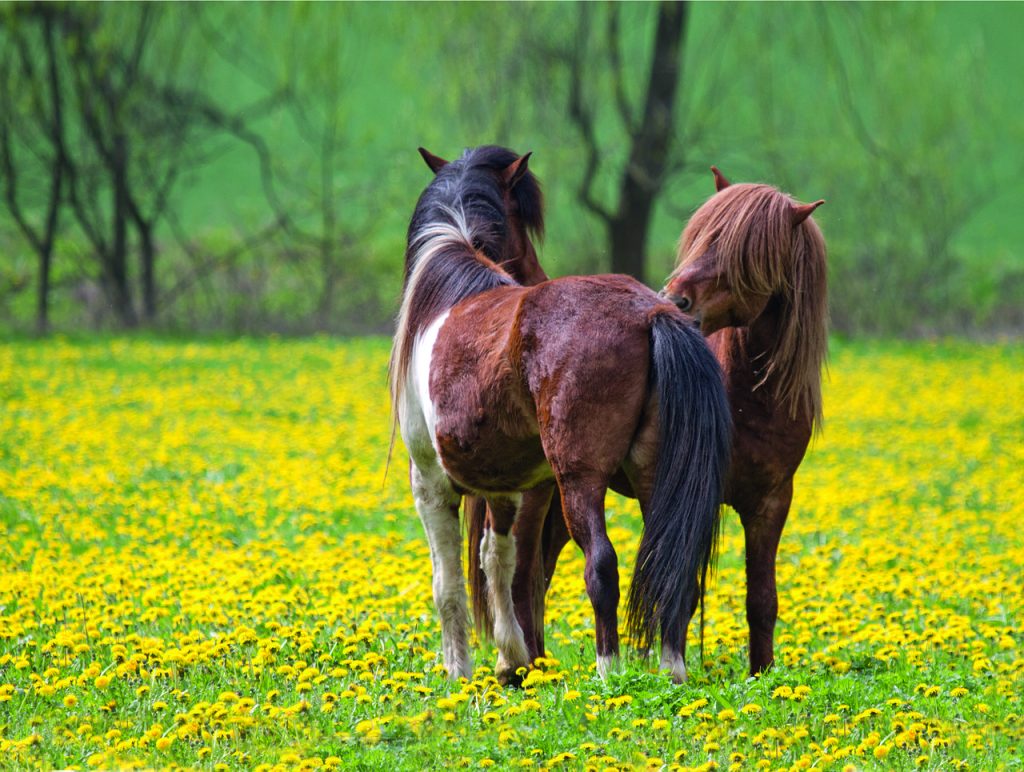
Horse Bathing Essentials
Though not as frequent, bathing a horse is still an integral part of their grooming routine.
When and why to bathe a horse
You needn’t bathe a horse after every ride. It’s typically done if the horse has worked up a significant sweat, has mud caked into their coat, or for show preparation.
Choosing the right horse shampoo and conditioner
Similar to human hair care products, horse shampoo and conditioner must be selected based on the horse’s condition or needs. Consider factors such as coat and skin type, sensitivity, and specific needs such as anti-bacterial or detangling solutions when choosing your products.
Bathing techniques to ensure cleanliness and comfort
Start from the top and work your way down when washing your horse. Avoid getting soap in the eyes, ears, or nostrils. Ensure you rinse all the shampoo out thoroughly to prevent any residue build-up.
Pre-Grooming Preparations
Before grooming, there are several things that need to be considered to keep both you and the horse safe and comfortable.
Safe handling of the horse
Always approach a horse from the side and at an angle, not head-on or from behind. Make sure your horse is comfortable and at ease during the grooming process.
Checking the horse’s condition before grooming
Before starting the grooming process, run your hands over the horse’s body and legs to check for any abnormalities.
Grooming in different climate conditions
In hotter weather, try not to stress your horse even more with an extensive grooming session. In colder weather, always make sure your horse is dry before leaving it out in the cold.
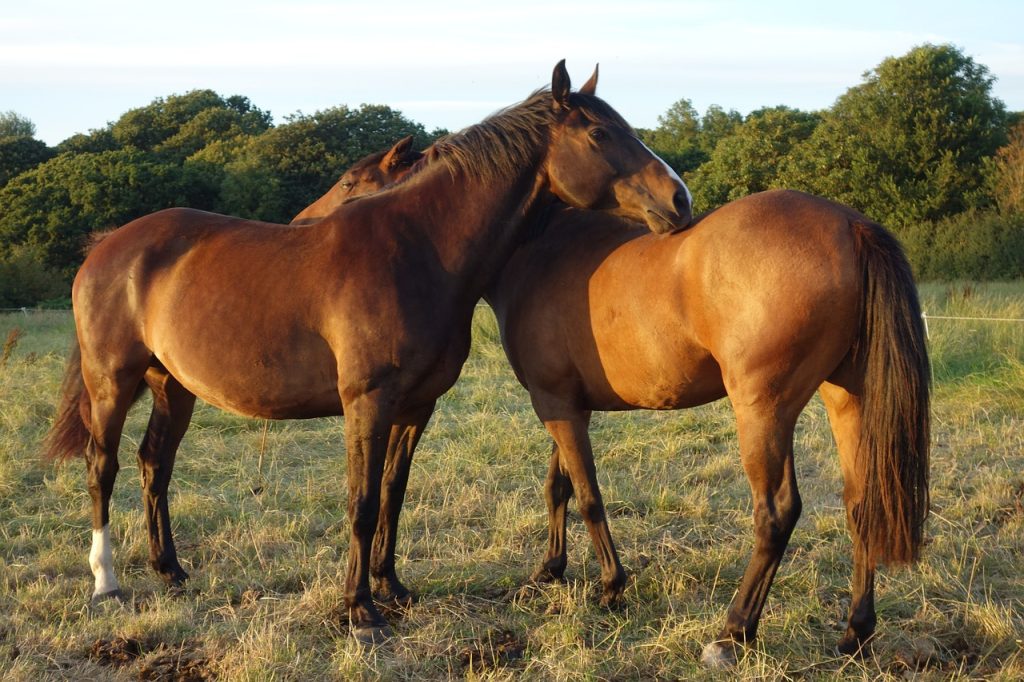
Grooming for Different Horse Breeds
The breed can affect the grooming routine of the horse.
Understanding breed-specific grooming needs
Different horse breeds have different coats, which can impact the type of grooming they need. Some require more frequent grooming, while others may have specific grooming needs due to the type of hair they have, like those with curly or long hair.
Special considerations for horse skin types and coat textures
Horses with sensitive skin may require more gentle brushes and hypoallergenic grooming products. Thick-coated breeds may need heavier grooming to prevent matting and tangling.
Dealing with common breed-related grooming challenges
Identifying breed-specific grooming challenges early on is key. This will allow you to adjust your grooming strategy to handle these challenges effectively.
Grooming for Horse Health Monitoring
Grooming isn’t just about looking good, it’s a way to monitor a horse’s health condition.
Signs of health issues during grooming
Pay attention to any subtle changes in your horse’s skin, coat, or behavior during grooming. Redness, swellings, bumps, or sores are signs you shouldn’t ignore.
Dealing with common health problems
Creating a good grooming routine can help prevent common health problems such as skin diseases, hoof-related issues, or tick infestations.
When to seek veterinary help
Know when to seek veterinary help. If you detect anything unusual or if your horse seems distressed, it’s best to consult your vet.
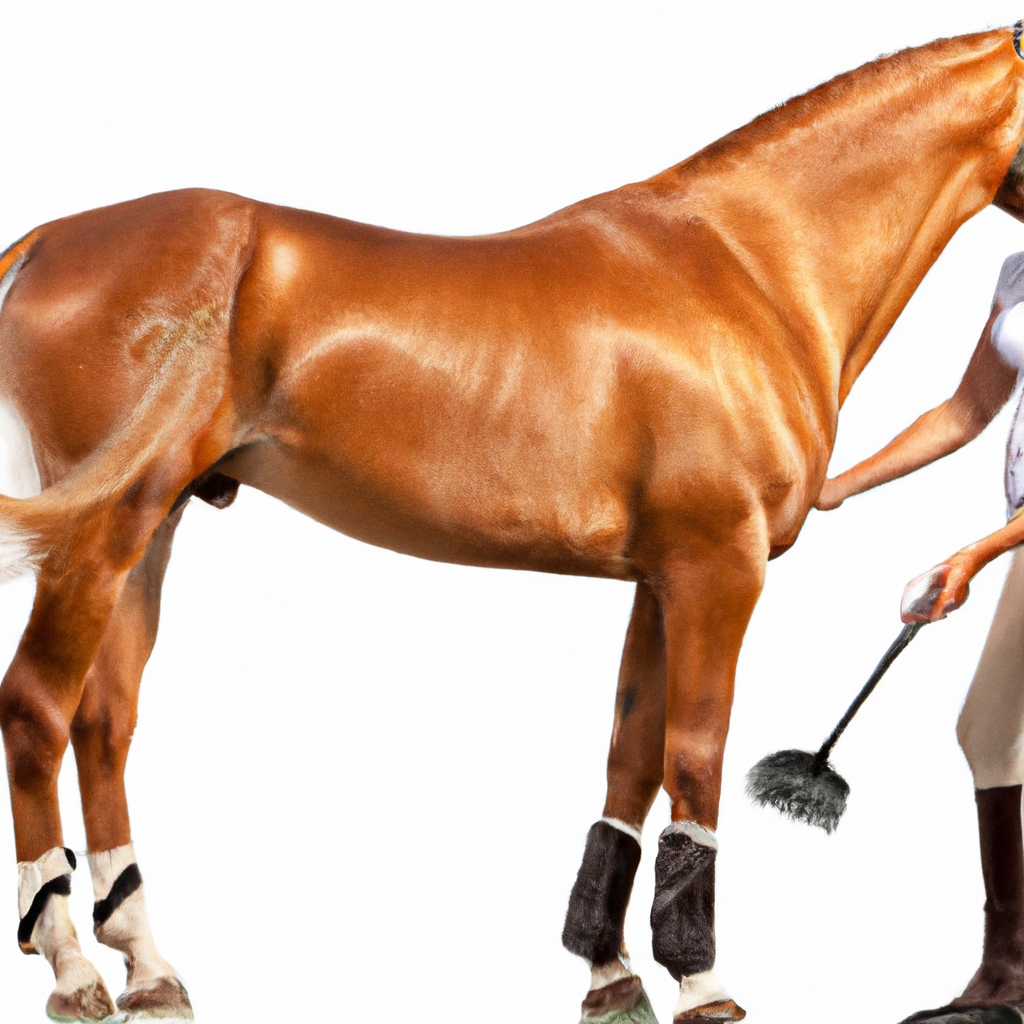
Post-Grooming Care
After a good grooming session, your job doesn’t end. Proper post-grooming care is equally important.
Proper storage of grooming tools
Your grooming tools should be cleaned, dried, and stored safely. This can prevent any bacteria from growing on them and keep them in their best condition for the next grooming session.
Post-grooming checks for the horse
Once you’ve completed the grooming, it’s important to check again for any missed spots or lingering concerns. Always end with a gentle rubdown to relax the horse.
Importance of consistent grooming routines
A consistent grooming routine is important. It not only helps maintain your horse’s physical health, but their mental health as well since it offers regular human interaction which helps keep them socialized.
Advanced Grooming Techniques
Last but not least, advanced grooming techniques can take your horse’s presentation to the next level.
Clipping and trimming techniques
Clipping and trimming can give your horse a professional finish. This technique is mostly used for show horses or during hot summer months to keep the horse comfortable.
Preparing a horse for a show or competition
Show preparations go beyond basic grooming. This often entails extra attention to details, such as braiding manes, polishing hooves, and several other specialty care routines.
Seasonal grooming tips and tricks
Lastly, knowing seasonal grooming tips can be advantageous. Whether dealing with the thick winter coat or the shedding during the spring, having the right knowledge can make the task much easier.
Throughout all, remember that grooming should never be rushed. It’s an essential part of horse care that requires patience, consistency, and a gentle touch. So, enjoy the process and cherish the opportunity to forge a better bond with your horse.
